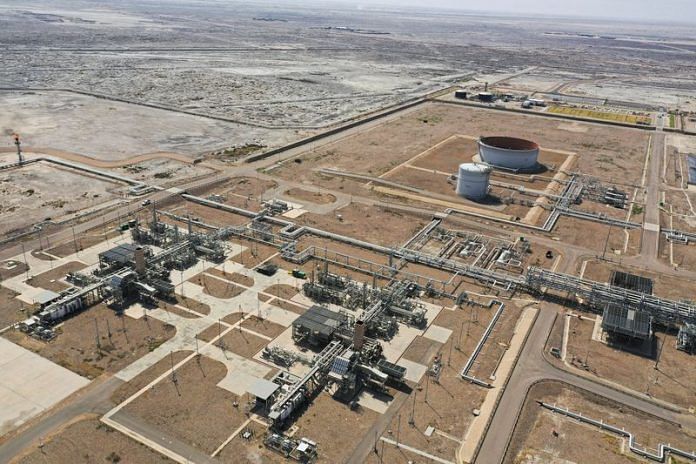By Laila Kearney
NEW YORK (Reuters) -Oil prices stabilized on Friday as the possibility of a ceasefire in Gaza weakened crude benchmarks, while steadying U.S. interest rates and the war in Europe cushioned the fall.
Brent futures eased 20 cents to $85.58 a barrel by 10:48 a.m. EST (1448 GMT), while U.S. crude fell 24 cents to $80.83 per barrel. Both benchmarks were largely unchanged on the week.
U.S. Secretary of State Antony Blinken said on Thursday he believed talks in Qatar could reach a Gaza ceasefire agreement between Israel and Hamas.
Blinken met Arab foreign ministers and Egypt’s President Abdel Fattah El-Sisi in Cairo as negotiators in Qatar centred on a truce of about six weeks.
“A ceasefire would help calm fears that the situation in Gaza might spread more broadly across the region,” IG analyst Tony Sycamore said.
“Additionally, it may encourage the Houthis to stand down and allow oil tankers to pass through the Red Sea, which would also be a positive development in terms of helping to balance out the supply and demand dynamics.”
While a possible ceasefire meant oil could move more freely globally, the potential for easing U.S. interest rates helped support prices.
“We are still keeping fresh highs on the table given broad based expansion in risk appetite that accelerated following the mid-week Fed comments that proved less hawkish than anticipated,” said Houston-based Jim Ritterbusch, of Ritterbusch and Associates.
U.S. equities, which tend to move in correlation with oil prices, hit record highs after the Federal Reserve ended its regular meeting with no change in U.S. rates on Wednesday.
The conflict in Eastern Europe also kept oil prices from moving lower. Russia launched the largest missile and drone attack on Ukrainian energy infrastructure of the war to date on Friday, hitting the country’s largest dam and causing blackouts in several regions, Kyiv said.
Ukraine has in recent weeks masterminded a series of attacks on Russian energy infrastructure. The United States has reportedly urged Kyiv to halt strikes on facilities, warning that they risk provoking retaliation and driving up oil prices.
In the United States, the world’s top oil consumer, gasoline product supplied, a proxy for demand, slipped below 9 million barrels for the first time in three weeks, indicating a possible slowdown in crude demand.
However, consultancy FGE said preliminary weekly data for the first half of March that showed on-land crude and main product stocks at major oil hubs globally falling by almost 12 million barrels, compared with the 2015 to 2019 average draw of 6 million barrels, could be bullish for oil.
Meanwhile, the U.S. dollar strengthened after the Swiss National Bank’s surprise interest rate cut on Thursday bolstered global risk sentiment.
A stronger dollar makes oil more expensive for investors holding other currencies, dampening demand.
(Reporting by Laila Kearney in New York, Natalie Grover and Florence Tan in Singapore; Editing by Jamie Freed, Susan Fenton, Elaine Hardcastle)
Disclaimer: This report is auto generated from the Reuters news service. ThePrint holds no responsibilty for its content.



